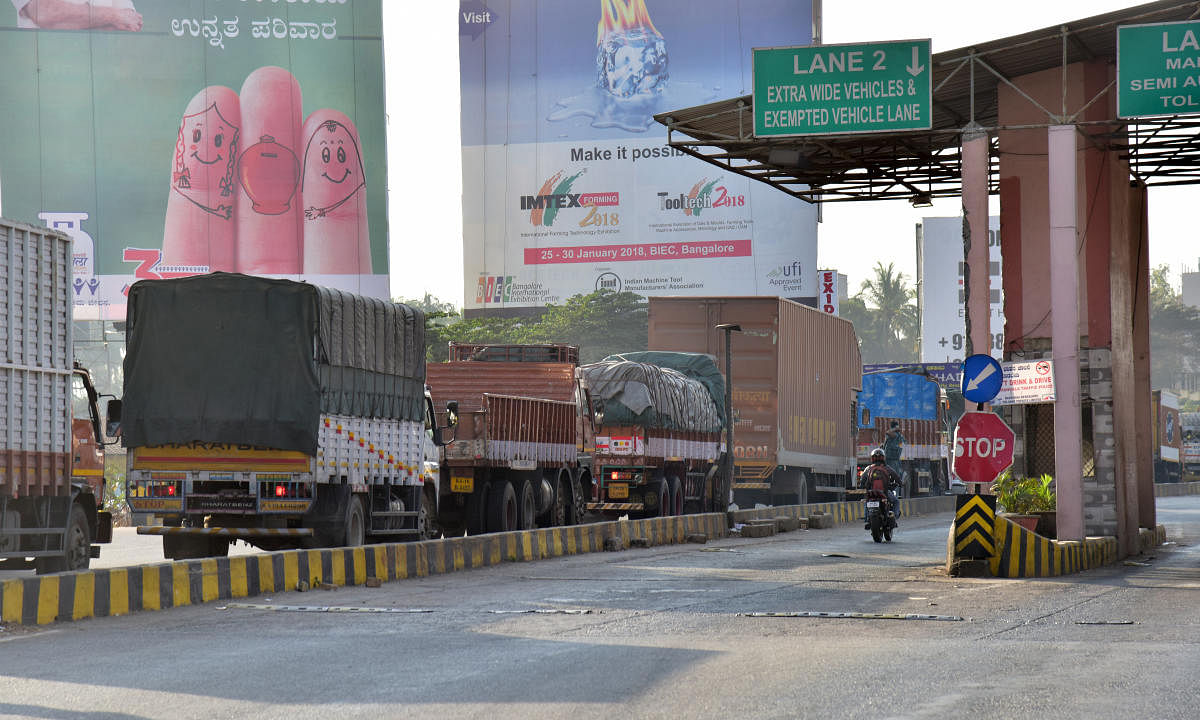
The Goods and Services Tax (GST) is a landmark event in the economic growth trajectory of India and has brought about a paradigm shift in the indirect tax regime, in the past 10 months that the country has waded through choppy waters, under the new tax regime.
A sin qua non to making GST a success was the GSTIN, which is the IT system backbone. While there were a few initial hiccups, the GST Council has been actively engaging with the industry to understand issues faced, to help plug loopholes and to ensure better compliance. The GST Council stepped in, to ease the burden of compliance with the introduction of a simpler format for reporting GST transactions.
The e-way bill system was introduced, keeping in mind the size of the Indian economy and has replaced several state-specific road permits. Earlier, states had their own separate road permit systems. Even though several states had replaced their paper forms with online versions, the multiplicity of forms was still cumbersome to businesses. With the introduction of the e-way bill, the country is now all set for a uniform system, as against a multitude of systems across the states. This will in turn lead to better efficiencies and lower costs.
Electronic document
The e-way bill is fundamentally an electronic document generated using a digital interface. The document contains all details required for movement of goods including details of supplier, recipient, description of goods along with HSN, value of goods, taxes applicable, details of transportation etc. Generation of an e-way bill is compulsory, where the value of a consignment is more than Rs 50,000 and where movement is beyond 10 km (unless the goods cross a state border).
The system for inter-state movement was made effective from April 1, 2018. This was the second time that the rollout was proposed after a technical collapse in February 2018. However, the government had this time around assured businesses that the system had been put through sufficient trial runs and was capable of taking on load without any issues. It was a success indeed. On the first day of the rollout, news reports suggested that around 52.5 lakh e-way bills were generated. Given the successful launch of the e-way bill mechanism for inter-state supplies, more than half of the states have gone ahead and announced dates as early as April 15, 2018, from when the mechanism would take effect for intra-state supplies.
The government has also been quick to step in and resolve technical non-IT related issues as well. Significant amongst such issues being the “bill-to-ship-to-transaction”. While the GST law recognised and contained specific provisions for determination of place of supply in case of bill-to-ship-to transactions, this scenario was not built into the online module. The government, based on inputs and recommendations received from industry, was quick to resolve the issue in as little time as three weeks.
The Central Board of Indirect Taxes and Customs has recently issued a circular laying down the procedure to be followed by officers in case of interception of vehicles and inspection of goods in transit.
Clarifications have also been issued in case of movement involving multiple transporters. The government has clarified that in such situations, only a single e-way bill in Part A needs to be raised. Only Part B which contains the details of the transporter would be required to be updated. Clarity on other issues such as non-configured vehicle number formats, consignment refusal by a customer, have also been issued through FAQS. Assistance provided by the government also includes a dedicated help desk to exclusively deal with queries relating to e-way bills.
Earlier, an e-way bill generated was valid for 24 hours up to 100 km. This was amended and the e-way bill is now valid till midnight of the day immediately following the day of generation, instead of 24 hours.
The e-way bill mechanism in essence is a win-win for both businesses as well as taxpayers. Businesses can look at integrating the e-way bill system to their internal systems to act as second round of check before details are uploaded in the return GSTR 1 for outward supplies. At the same time, it allows tax authorities to check for revenue leakages and monitor movement of goods across states.
Despite having been aborted earlier, businesses have been quick to adapt and integrate e-way bill generation into their processes. The government has also ensured that the process is kept simple and workable to ensure high compliance.
The e-way bill system, is in some sense, the flag bearer of the “One nation, one tax” slogan of the new tax regime. It is also a positive reflection of how progressive tax reforms can succeed in India. As the saying goes, where there is a will, there is an e-way bill.
(The writer is Partner, Deloitte India, with inputs from Mamatha Anand, Director and Sangita Prakash, Manager, Deloitte Touche Tohmatsu India)